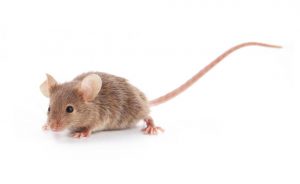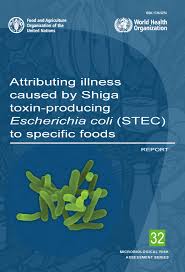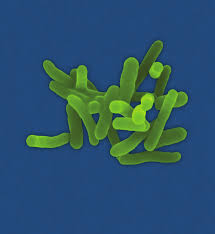Shortly after dinosaurs roamed the earth, I worked in a lab and we used a lot of liquid nitrogen to preserve the now dead plant tissues and their more interesting cells and components before we began our devious extractions.
 That was the mid-1980s (we also used a lot of radioactive P-32 to mark DNA; prehistoric times).
That was the mid-1980s (we also used a lot of radioactive P-32 to mark DNA; prehistoric times).
Now food porn chefs use liquid nitrogen like a dipping area.
Maxine Shen of the Daily Mail reports a Florida woman is suing a hotel after she drank liquid nitrogen a waiter poured into her water glass, resulting in her needing to have her gallbladder and part of her stomach removed.
Except, wouldn’t it immediately freeze the water?
Stacey Wagers, 45, and a friend were celebrating her birthday with a dinner at Don Cesar Hotel’s Maritana Grille restaurant in St. Pete Beach in November 18 when she said she needed to be rushed to hospital after the incident.
Wagers told NBC News that she and her friend had just finished eating when they saw a waiter pouring a liquid over a dessert that made it ‘smoke’ at a table nearby.
Wagers said that her friend told the waiter that the smokey effect looked cool, so he poured what turned out to be liquid nitrogen – a freezing agent – into the women’s water glasses.
‘Of course I didn’t think it was dangerous at all,’ Wagers said, noting that the waiter ‘had just poured it on a dessert’.
When Wagers and her friend drank their liquid nitrogen-laced water, Wagers said she immediately fell sick.
‘There was an explosion in my chest,’ Wagers said, adding that it felt like she was dying and that she was unable to speak.
Wagers was then rushed to the hospital, where she had surgery to remove her gallbladder, as well as portions of her stomach which had been burned by the liquid nitrogen. She also had to stay in the ICU for several days.
In August 2018, the FDA issued an alert warning customers and retailers ‘of the potential for serious injury from eating, drinking, or handling food products prepared by adding liquid nitrogen at the point of sale, immediately before consumption’.
‘Liquid nitrogen, although non-toxic, can cause severe damage to skin and internal organs if mishandled or accidentally ingested due to the extremely low temperatures it can maintain,’ the FDA added.
Wagers’ lawsuit stated that she is suing both the hotel and the food and beverage director of more than $15,000 each and is seeking a jury trial.










